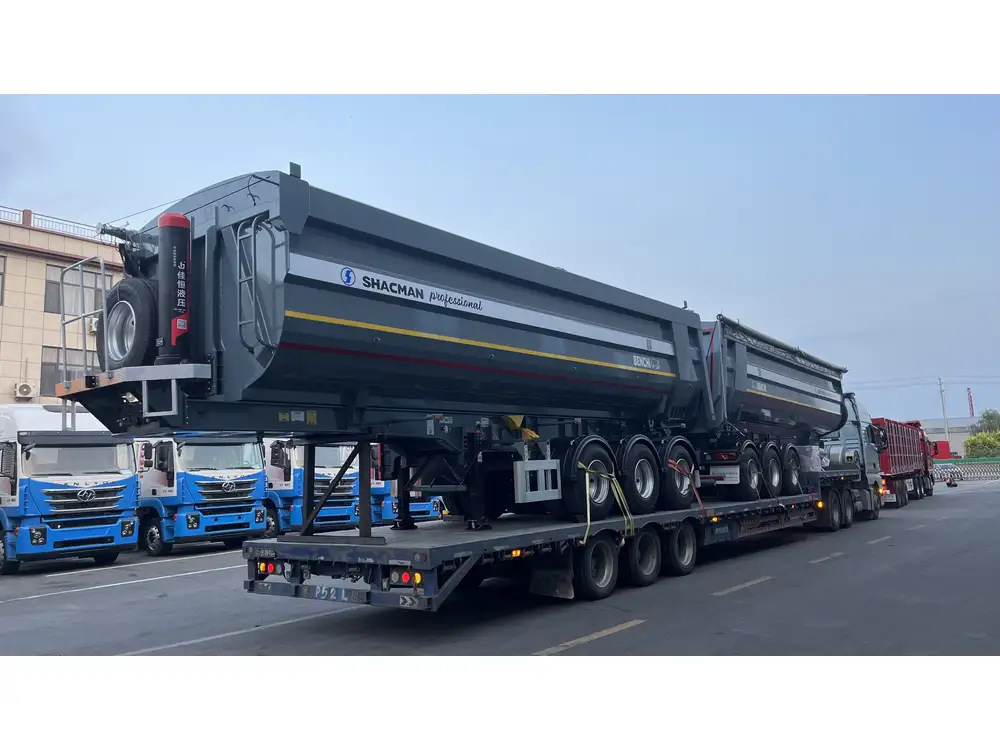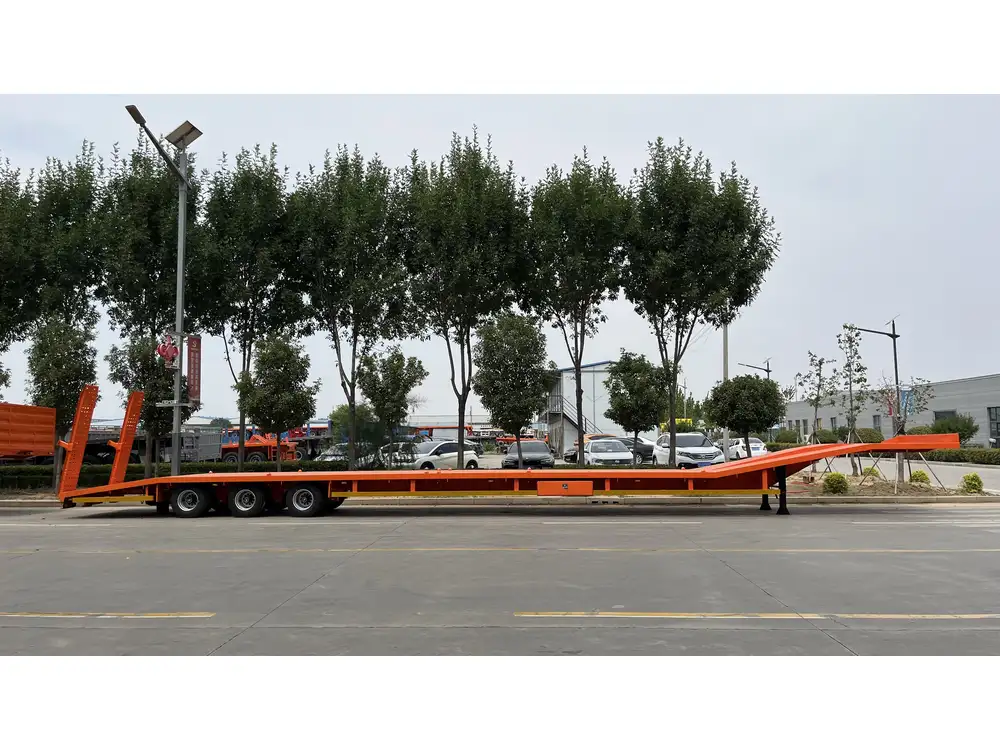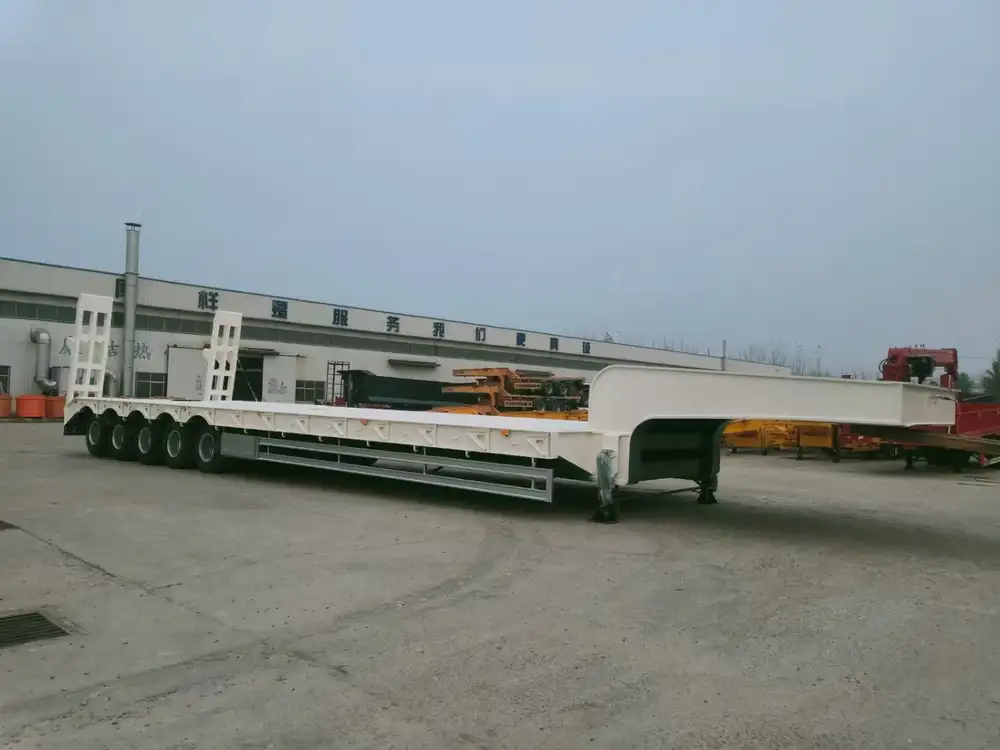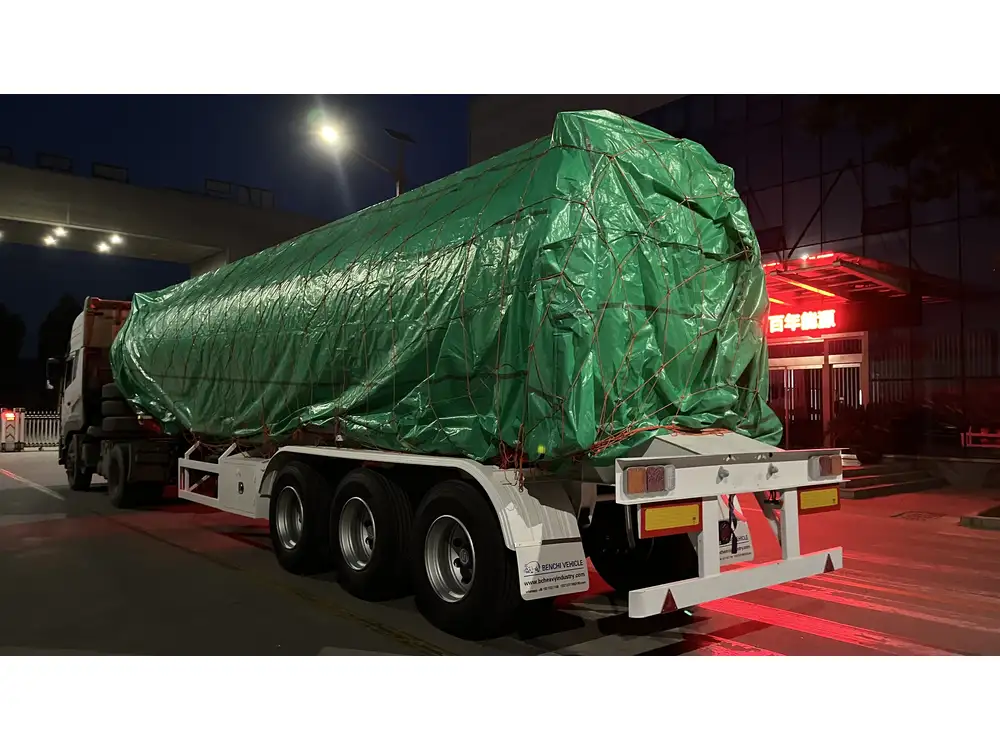In the realm of semi-trailer manufacturing and usage, understanding the various symbols and codes is imperative for both manufacturers and operators. Among these codes, “T42” often surfaces, leading to inquiries about its significance. This guide aims to demystify the meaning of T42, explain its implications for semi-trailer manufacturers and users, and outline best practices for leveraging this information to enhance operational efficiency.
Table of Contents
- What is T42?
- Importance of T42 in Semi-Trailer Manufacturing
- Application and Usage of T42 in the Field
- Other Common Semi-Trailer Designations
- Technical Specifications Related to T42
- Frequently Asked Questions
- Conclusion and Optimizing Your Semi-Trailer Experience
1. What is T42?
The term T42 typically refers to a specific axle load rating, but it is crucial to frame this within the context of semi-trailer dimensions and capacity. A semi-trailer with a T42 rating implies that it is engineered to handle an axle load of 42,000 pounds. Understanding this metric is vital for those in the logistics and transportation industries, as it directly affects the overall weight capacity of the trailer and, consequently, what can be loaded and transported efficiently.

Key Characteristics of T42:
- Weight Capacity: 42,000 pounds per axle for maximum efficiency and safety.
- Usage Context: Suitable for transporting goods that require heavier load capacities, such as construction materials or large machinery.
- Compliance: Adhering to federal and state regulations regarding weight limits on roads and highways is crucial for T42 rated trailers.
2. Importance of T42 in Semi-Trailer Manufacturing
The T42 designation plays a pivotal role in semi-trailer manufacturing, affecting design choices, engineering processes, and material selection. Understanding the importance of T42 can illuminate why quality manufacturers focus on these specifications.
Enhancing Manufacturing Standards:
Material Selection: Manufacturers utilize high-strength steel and advanced composite materials to ensure that T42 rated trailers can withstand the immense stress of heavy loads.
Engineering Design: With T42 specifications, engineers must innovate solutions that balance load capacity and trailer durability, ensuring that the structural integrity remains intact under various conditions.
Safety Compliance: Meeting T42 standards also means adhering to regulatory safety measures, which informs both the design and testing phases throughout the manufacturing process.

Benefits of T42 Ratings:
- Increased Load Limits: A T42 rating allows manufacturers to market their trailers to businesses requiring higher load capacities without compromising safety standards.
- Market Differentiation: By offering recognized specifications like T42, manufacturers can set their products apart in a competitive market.
3. Application and Usage of T42 in the Field
Understanding how T42 trailers are applied in the field provides insights into their practicality and significance in logistics operations.
Use Cases for T42 Trailers:
| Industry | Common Applications | Description |
|---|---|---|
| Construction | Transporting Equipment | Moving heavy machinery between job sites. |
| Agriculture | Carrying Farm Produce | Hauling grains, livestock feed, or farming tools. |
| Manufacturing | Distributing Raw Materials | Effective for heavy components requiring safe transport. |
| Retail | Moving Inventory | Allows for shipping larger quantities of goods efficiently. |

Best Practices for T42 Usage:
Regular Inspections: Periodically checking tires, brakes, and overall structural integrity ensures safety and longevity.
Weight Distribution: Properly distributing weight across the trailer will decrease the risk of accidents and extend the life of the trailer.
Compliance Checks: Always verify that trailer usage remains within the legal weight limits dictated by federal and state regulations.
4. Other Common Semi-Trailer Designations
In addition to T42, semi-trailers come with numerous other designations that indicate varying specifications, capabilities, and features.
Notable Designations:
| Designation | Meaning | Application Area |
|---|---|---|
| T30 | 30,000 lbs axle load | Light unloading during smaller transport routes. |
| T44 | 44,000 lbs axle load | Heavy-duty transport, suitable for construction. |
| RCLA | Roll-on/Roll-off | Ideal for vehicles and equipment shipping. |
| HAZMAT | Hazardous Materials | Transport of dangerous goods, requiring specialized handling. |
Understanding these designations enables manufacturers and operators to select the perfect trailer for their operational needs, optimizing efficiency and safety.

5. Technical Specifications Related to T42
The structural implications of T42 extend beyond its basic meaning. Several technical specifications accompany this designation, influencing its use and importance in trailer operations.
Key Technical Specifications:
Material Strength: The structural framework typically comprises high-tensile steel, designed to support high loads without deformation.
Suspension Systems: Advanced suspension configurations, such as air ride or multi-leaf springs, provide better load stabilization and a smoother transport experience.
Brake Systems: T42 trailers commonly employ advanced braking systems that enhance stopping power and ensure safety under heavy loads.
Wheel Configuration: Often, T42 trailers feature dual-axle setups, providing balanced load distribution and increased stability while on the road.
By understanding these specifications, operators can leverage T42 trailers to their fullest potential, ensuring operational success.
6. Frequently Asked Questions

What does the T class designation indicate?
The T class designation, such as T42, signifies the axle load rating of the semi-trailer, referring specifically to 42,000 pounds in this instance.
Is a T42 trailer suitable for all types of cargo?
While T42 trailers can handle heavier loads, it is essential to ensure that the cargo is compatible with the trailer’s structural capabilities and weight distribution precautions.
How often should T42 trailers be serviced?
Semi-trailers, including those classified as T42, should routinely undergo inspection at least once a year or more frequently based on usage intensity and load types.

What are the legal implications of T42 ratings?
Transporting loads that exceed T42 ratings can lead to legal penalties, including fines and vehicle impoundment. It is crucial to remain compliant with both state and federal weight regulations.
7. Conclusion and Optimizing Your Semi-Trailer Experience
The significance of T42 in the semi-trailer industry cannot be understated. It serves as a vital guideline for manufacturers, operators, and logistics companies aiming to optimize their transport capabilities. Understanding T42 allows for improved operational choices, enhances safety considerations, and enables adherence to legal requirements.
By prioritizing the specifications associated with T42 in your operations, leveraging effective maintenance practices, and staying informed about related designations, you can enhance your semi-trailer experience. As the logistics landscape continues to evolve, having a solid grasp of these concepts will position you favorably, whether you’re in manufacturing or the transportation sector.
Embrace the challenge of efficient transportation with T42-rated semi-trailers, and watch your operational successes multiply as you navigate the complexities of modern logistics with confidence!



